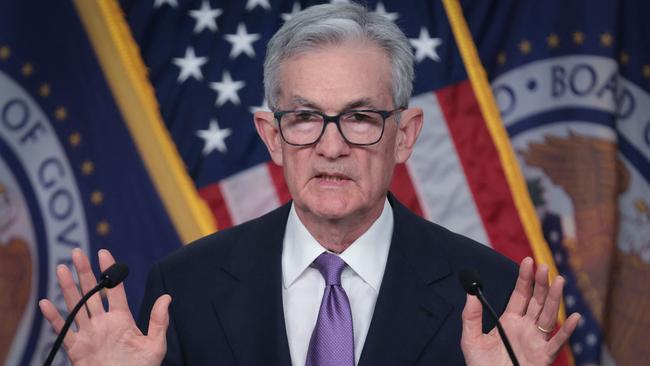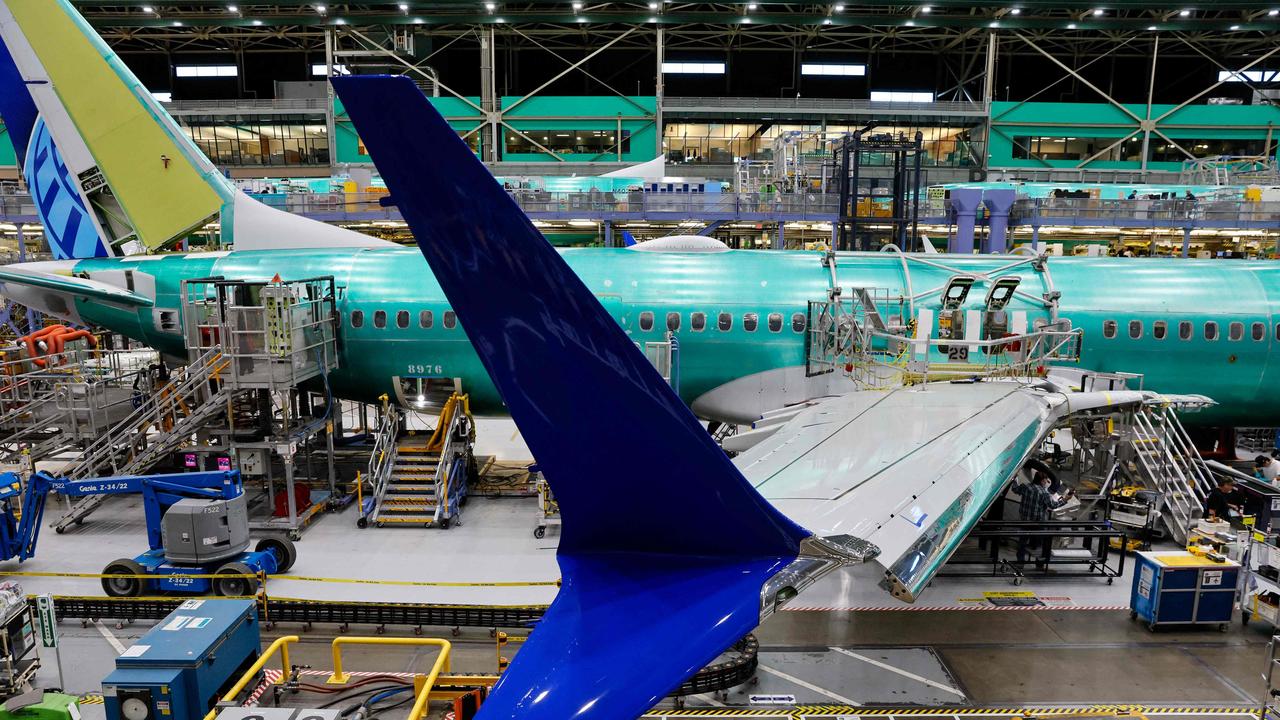Fed official says central bank isn’t ‘really talking about rate cuts’
Federal Reserve officials have offered competing views of when they might begin to lower interest rates next year.

Federal Reserve officials offered competing views of when they might begin to lower interest rates next year after chair Jerome Powell suggested they had probably finished raising them.
One of Powell’s senior lieutenants said on Friday that central-bank officials weren’t actively debating when to cut rates at their policy meeting this week, an apparent effort to temper markets’ exuberant interpretation of the chair’s comments at a news conference last week.
“We aren’t really talking about rate cuts right now,” New York Fed president John Williams said. “We’re very focused on the question in front of us, which as chair Powell said … is, have you gotten monetary policy to a sufficiently restrictive stance?”
Another official, Chicago Fed president Austan Goolsbee, said recent declines in inflation meant policy makers might need to prepare to lower rates sooner than they had expected.
Stocks surged and bond yields tumbled last Wednesday after the Fed held rates steady and officials projected three rate cuts next year. While Mr Powell said it was too early to say the Fed had finished raising rates, he fuelled a rally when he also volunteered that officials were preparing to focus on when to lower rates.
“The question of when it will become appropriate to begin dialling back the amount of policy restraint … begins to come into view, and is clearly a topic of discussion out in the world and also a discussion for us at our meeting today,” Mr Powell said.
His comments sent investors in interest rate futures markets to increase their bets on earlier and deeper rate cuts next year. Before Wednesday’s Fed meeting, they anticipated four cuts next year beginning around May. After the meeting, they expected the Fed would make at least five next year, with the first in March, according to data from CME Group.
Wall Street economists also shifted their forecasts for rate cuts.
Mr Powell and his colleagues have shifted their stance because of a significant improvement in inflation, including for core prices that exclude volatile food and energy items.
Government data released before the Fed meeting indicated very mild core inflation in November as measured by the central bank’s preferred inflation gauge, which the Commerce Department will release later this month.
The figures suggest core inflation will reach or even dip below 2 per cent on a six-month annualised basis and could drop the 12-month rate to 3.1 per cent in November. The Fed targets 2 per cent annual inflation. “Fundamentally, inflation numbers have been coming in better than expected on a pretty steady basis, and people are getting convinced that we are getting back to target, as we promised,” Mr Goolsbee said.
For most of the past two years, officials have been focused on lowering inflation to the levels that prevailed before the pandemic, even if that meant increasing unemployment. The Fed has a dual mandate to ensure prices are low and stable and that the economy has low unemployment.
“Pretty soon here we’re going to get back to the employment side of the mandate being just as relevant,” said Mr Goolsbee. He said that because interest rates were at levels that should restrict economic activity, officials needed to remember that when unemployment rose, it tended to go up by a lot. “It doesn’t just gradually drift up,” he said.
A third official, Atlanta Fed president Raphael Bostic, said he didn’t think the central bank would need to lower interest rates until the second half of next year. He said he had pencilled in two rate cuts for 2024. “I’m not really feeling that this is an imminent thing,” he said.
The Fed last raised its benchmark federal funds rate in July to 5.25-5.5 per cent, a 22-year high.



To join the conversation, please log in. Don't have an account? Register
Join the conversation, you are commenting as Logout